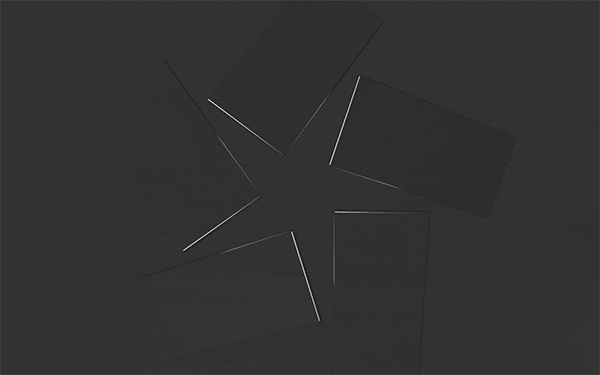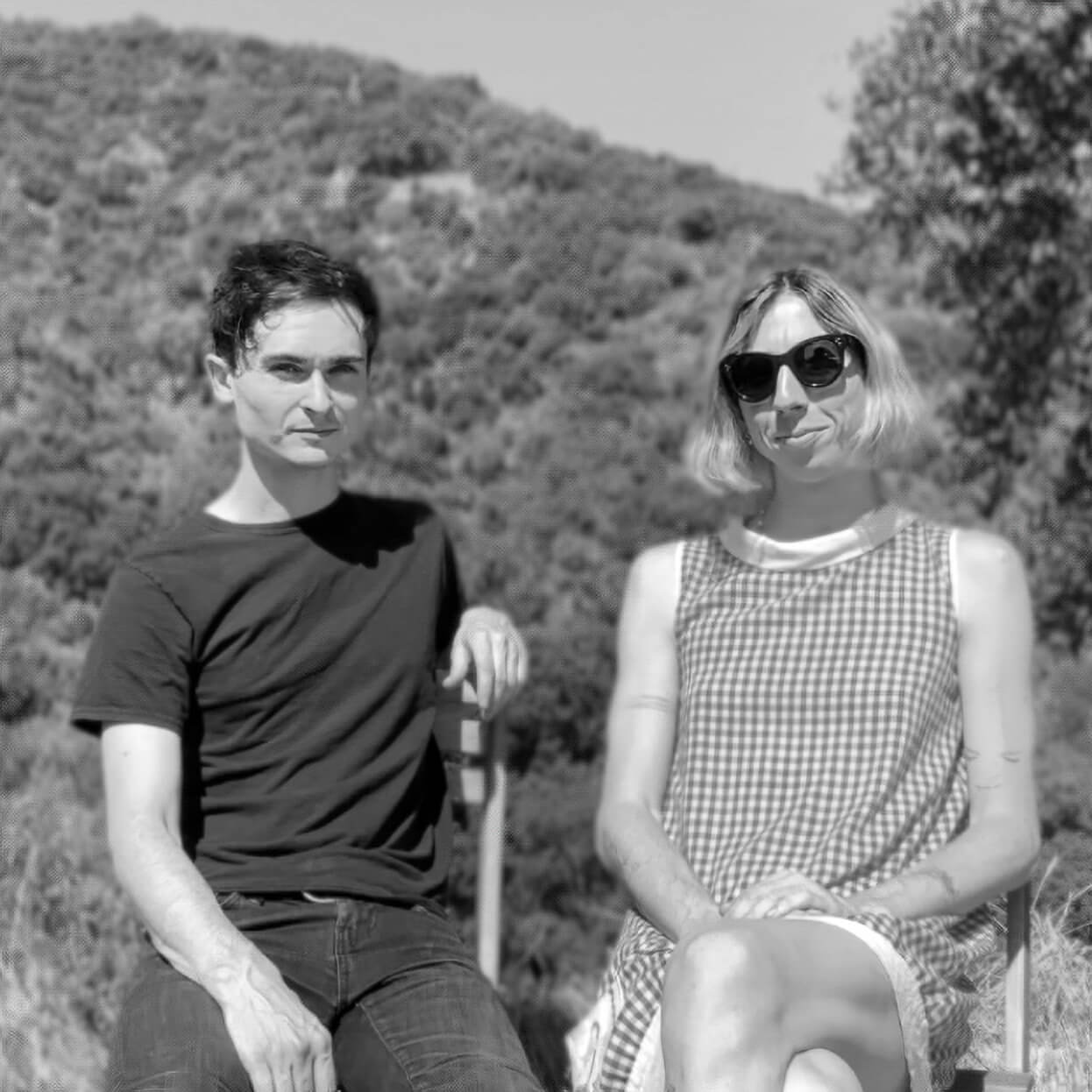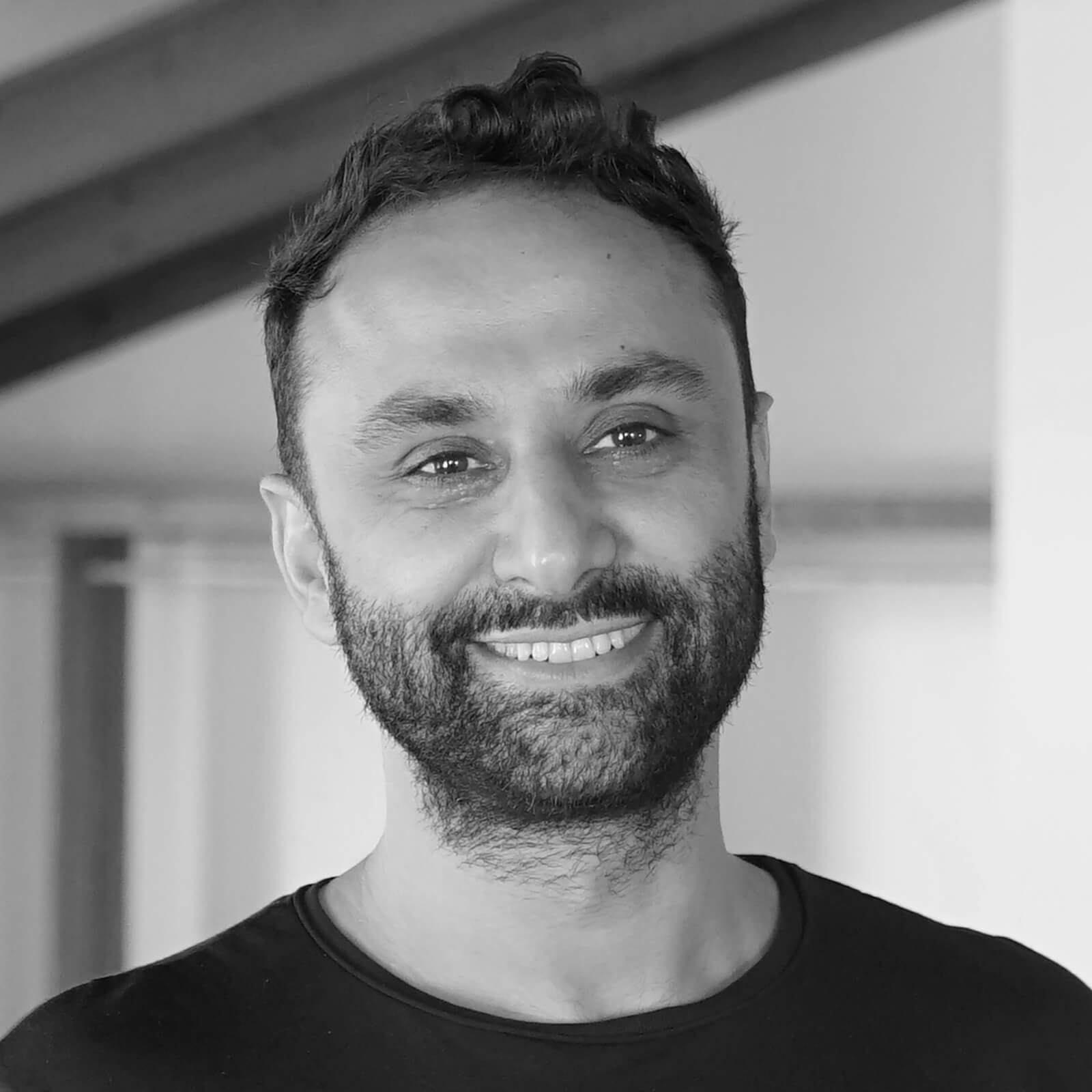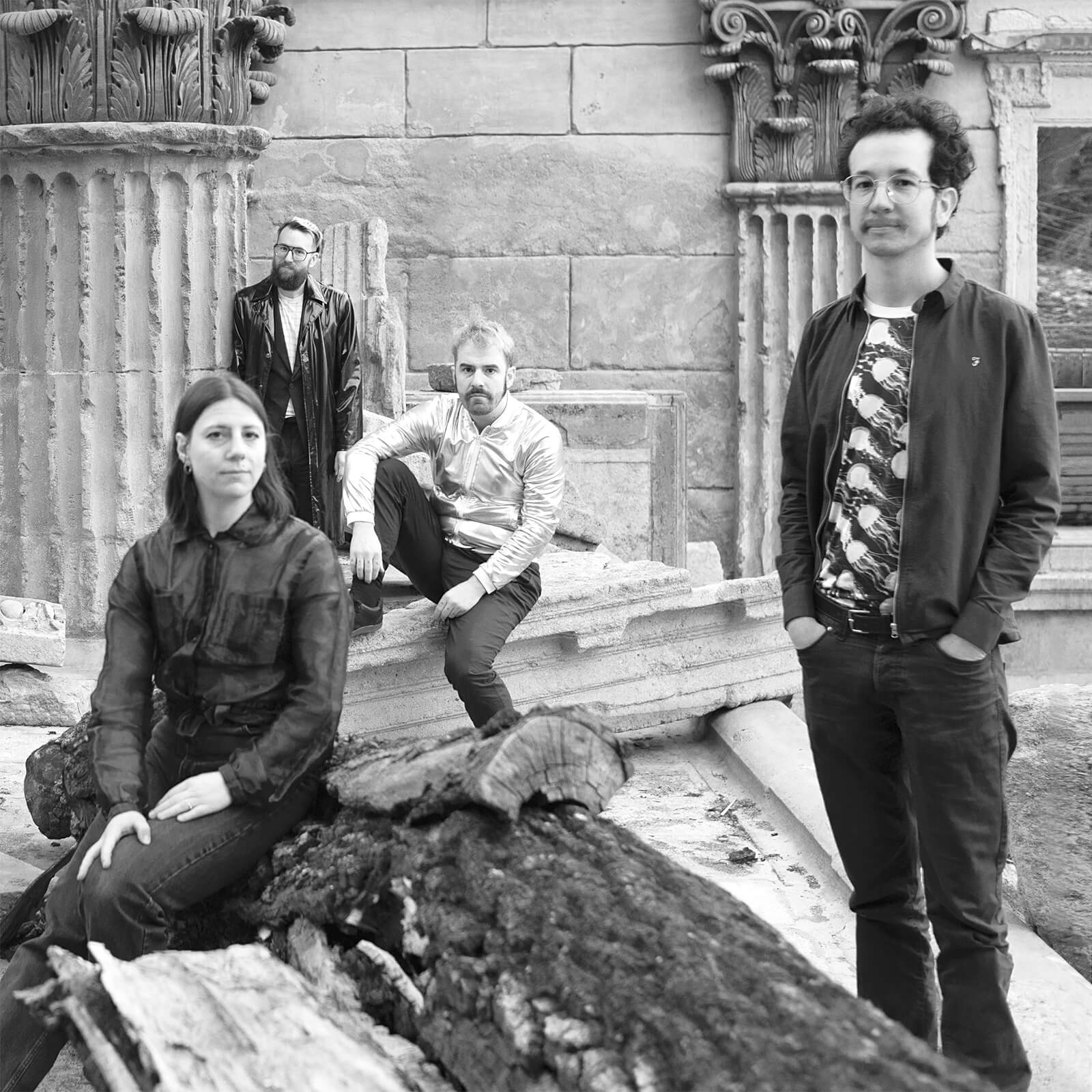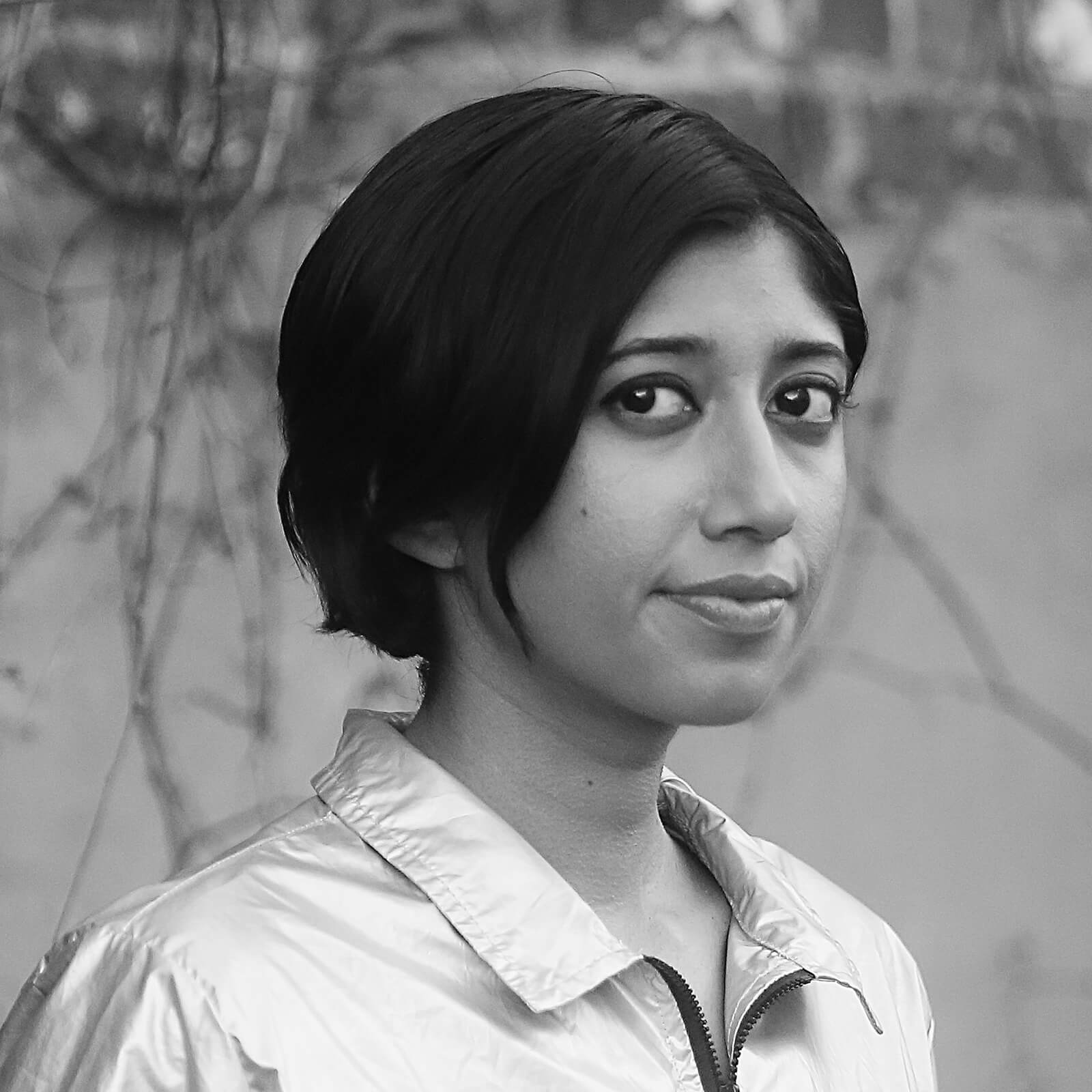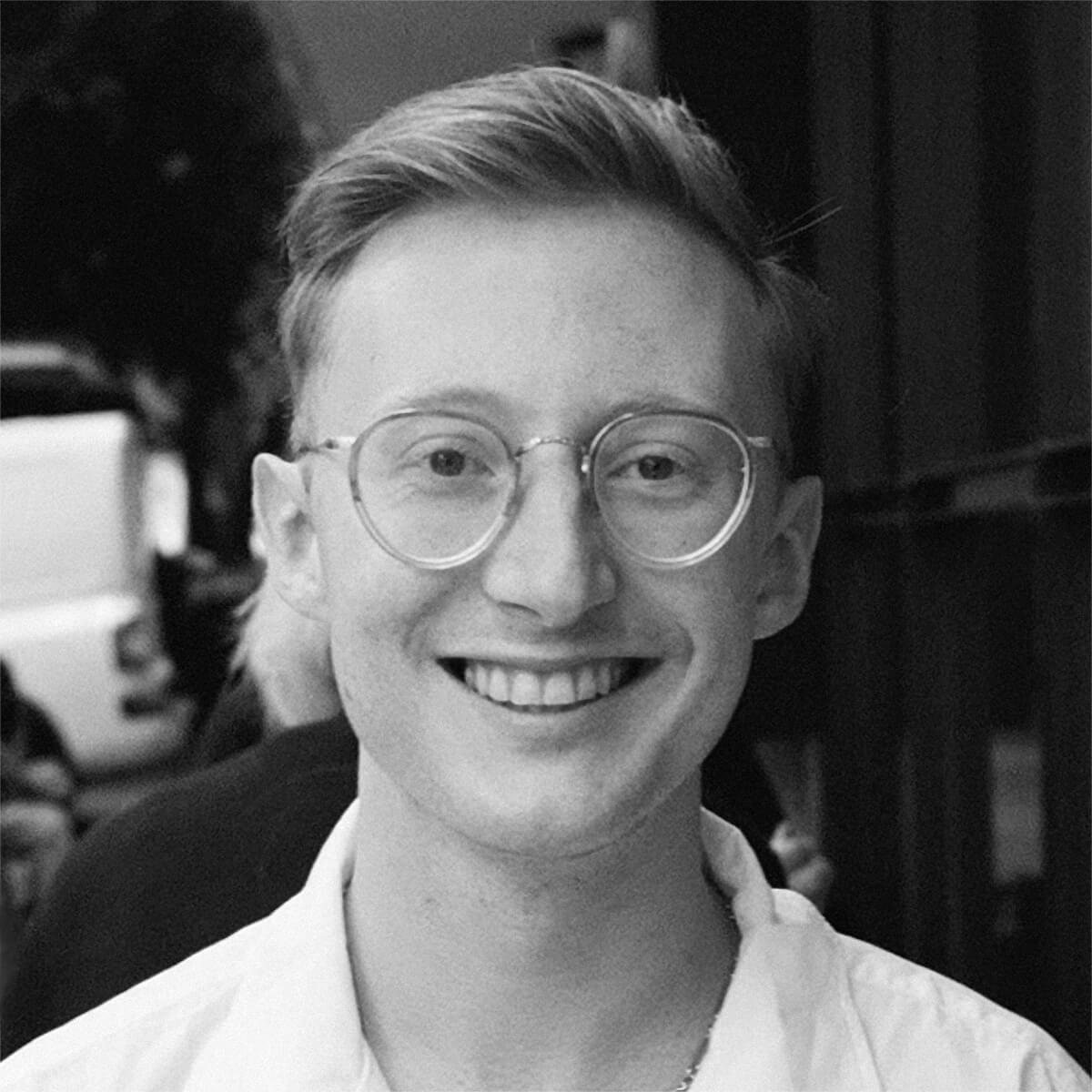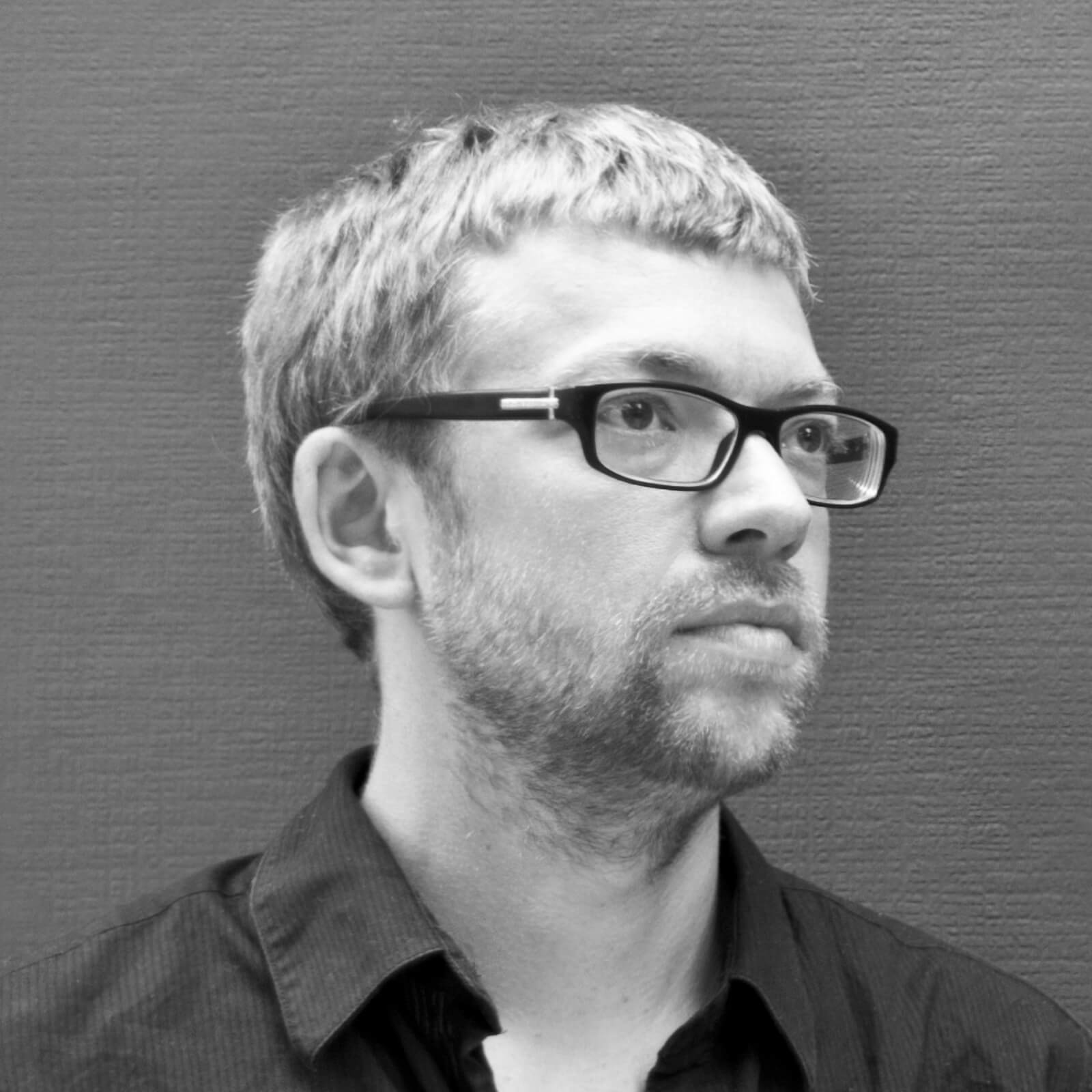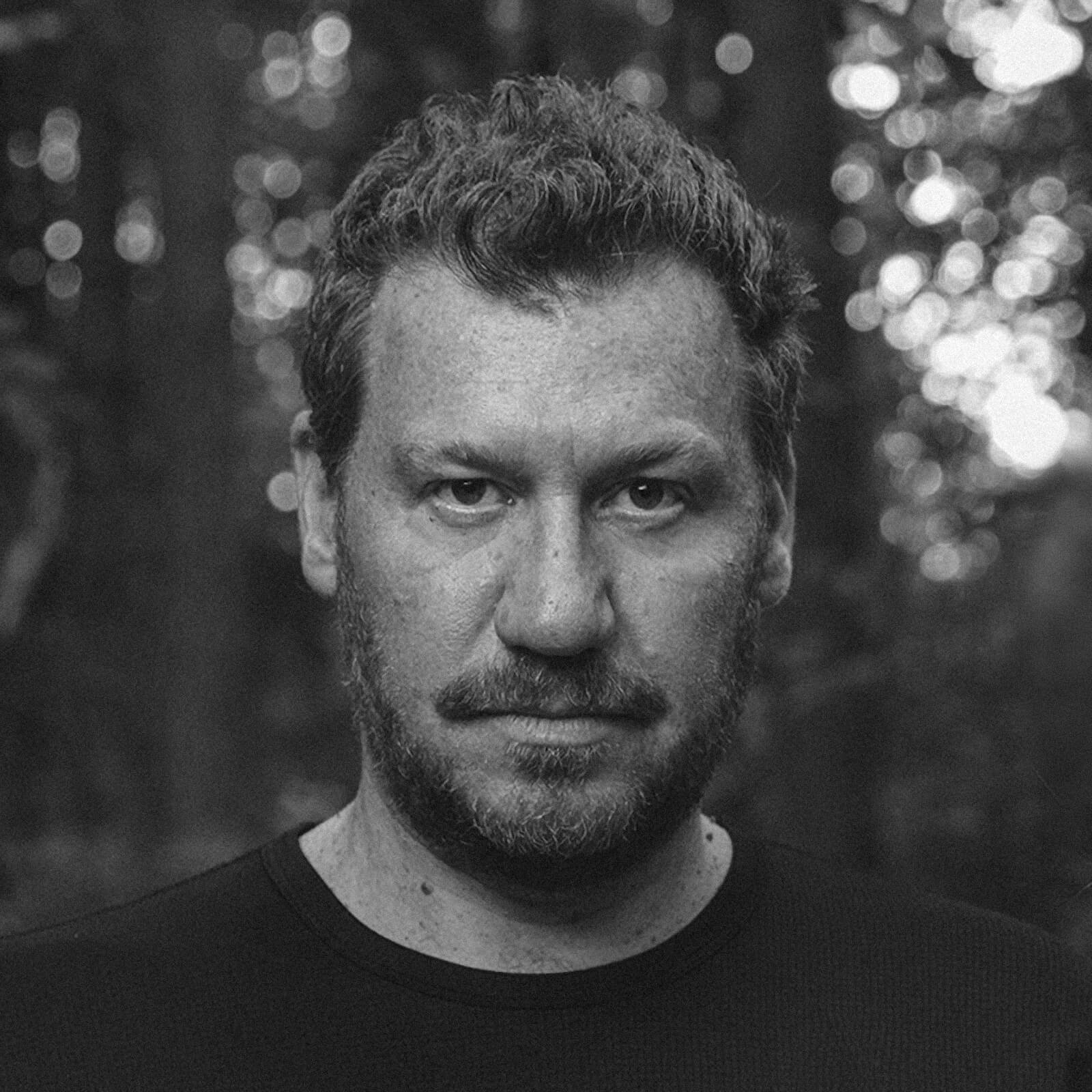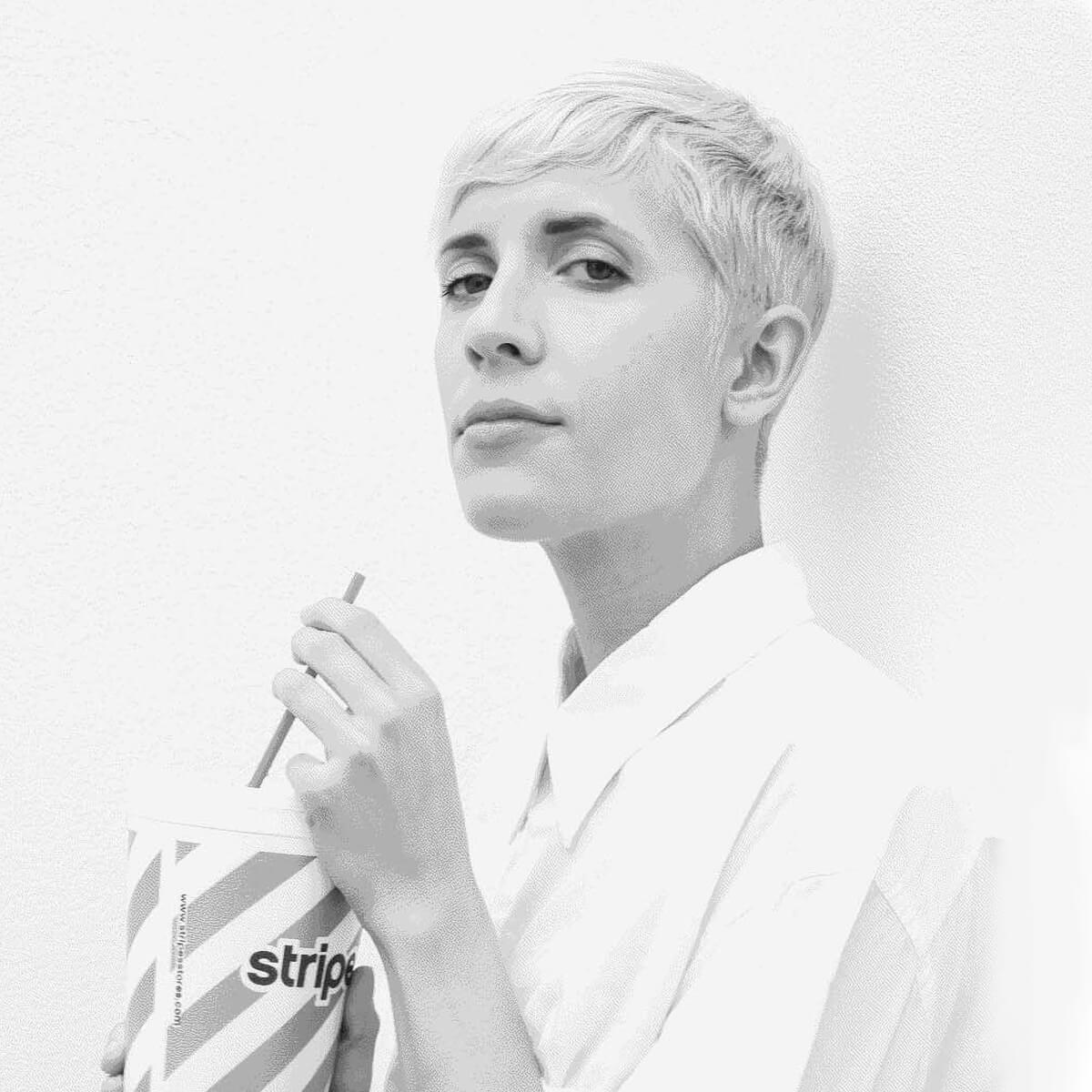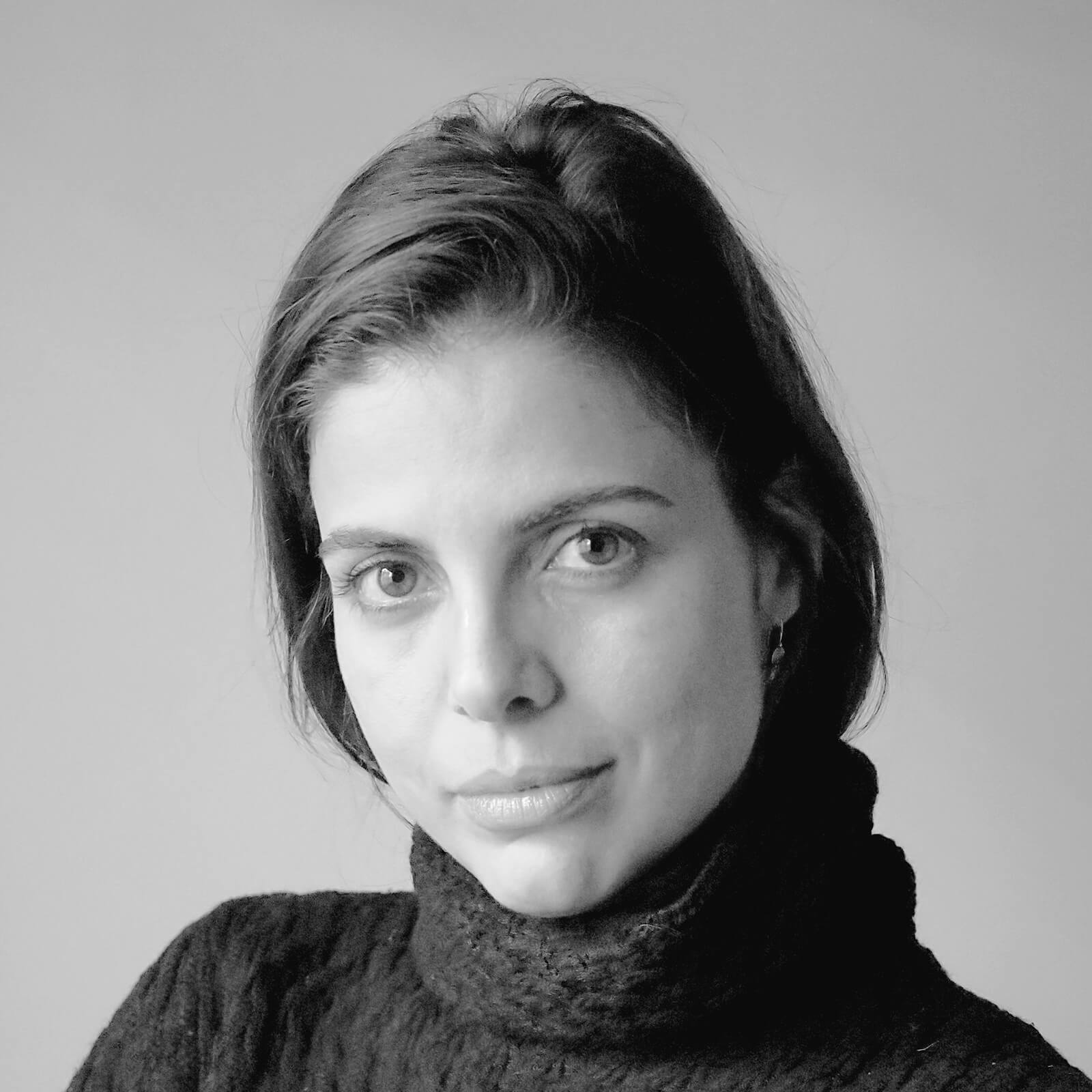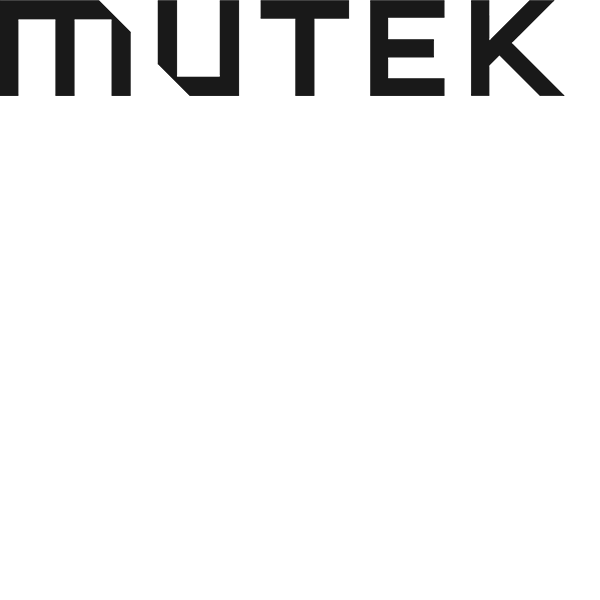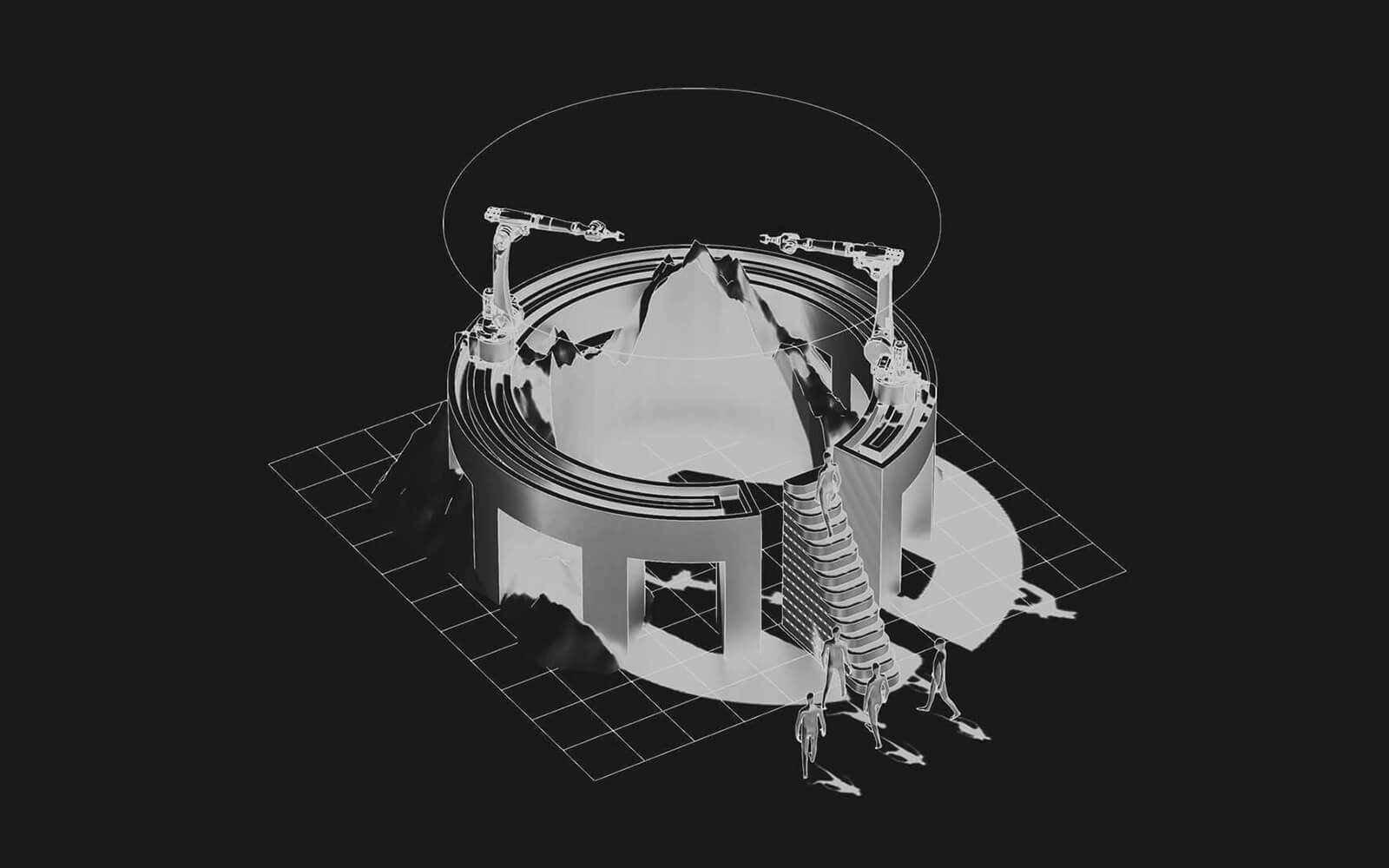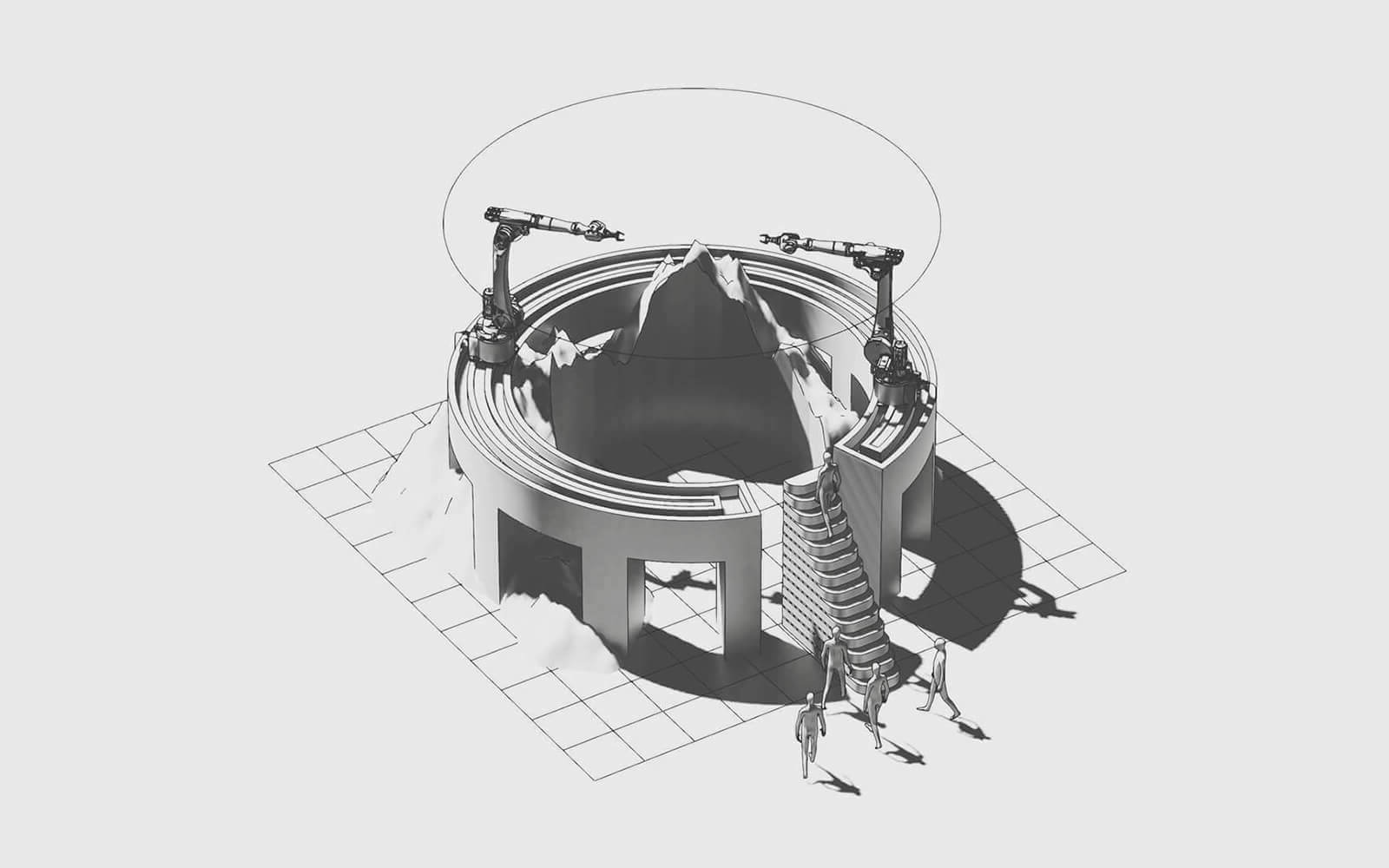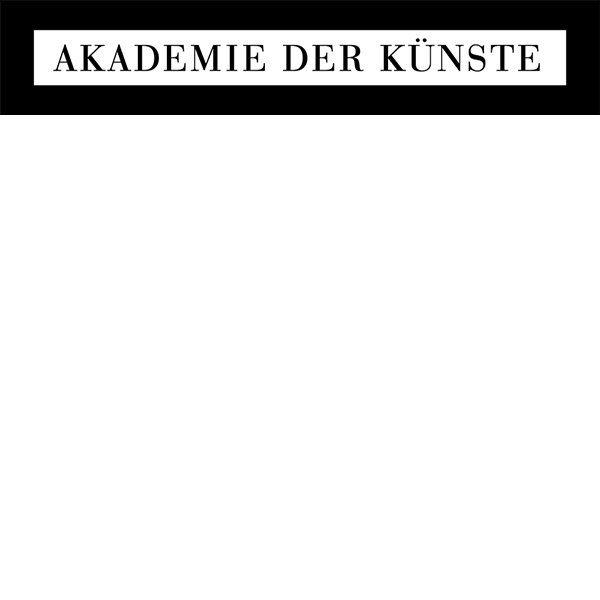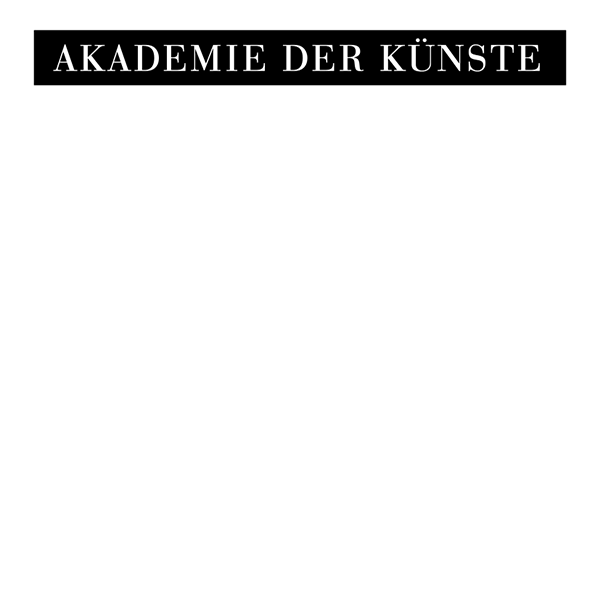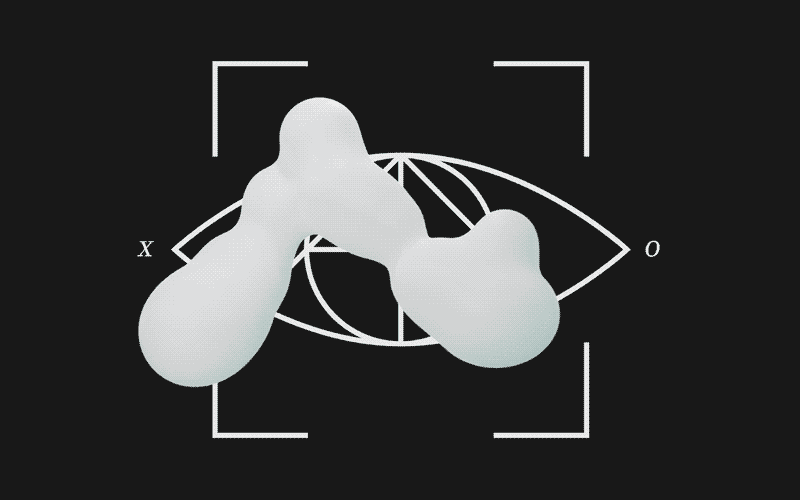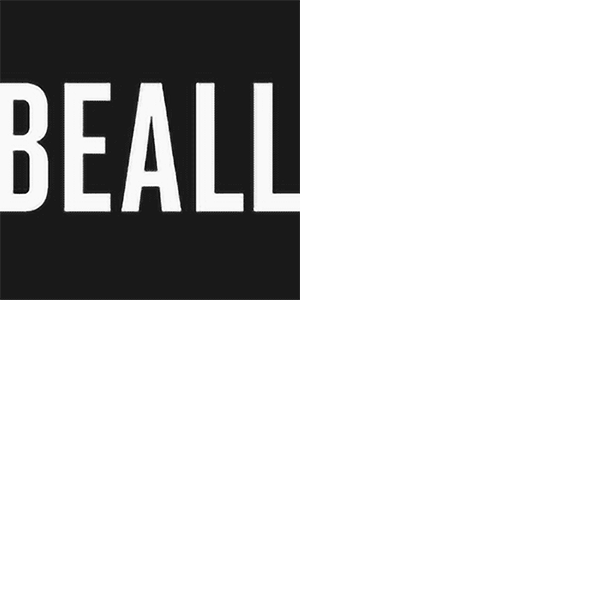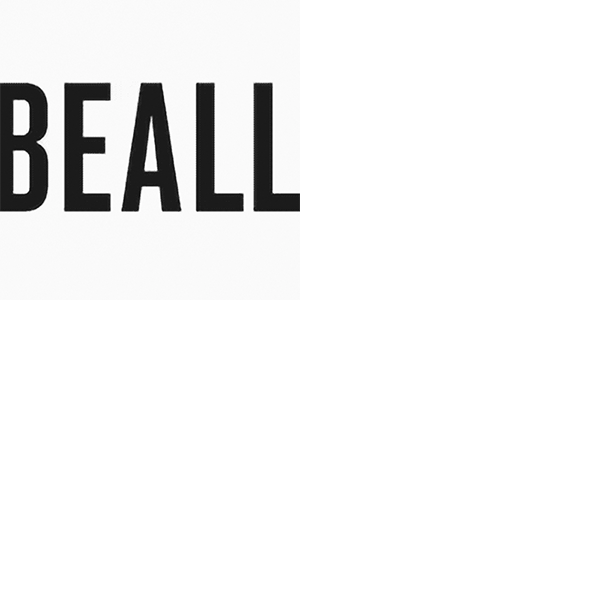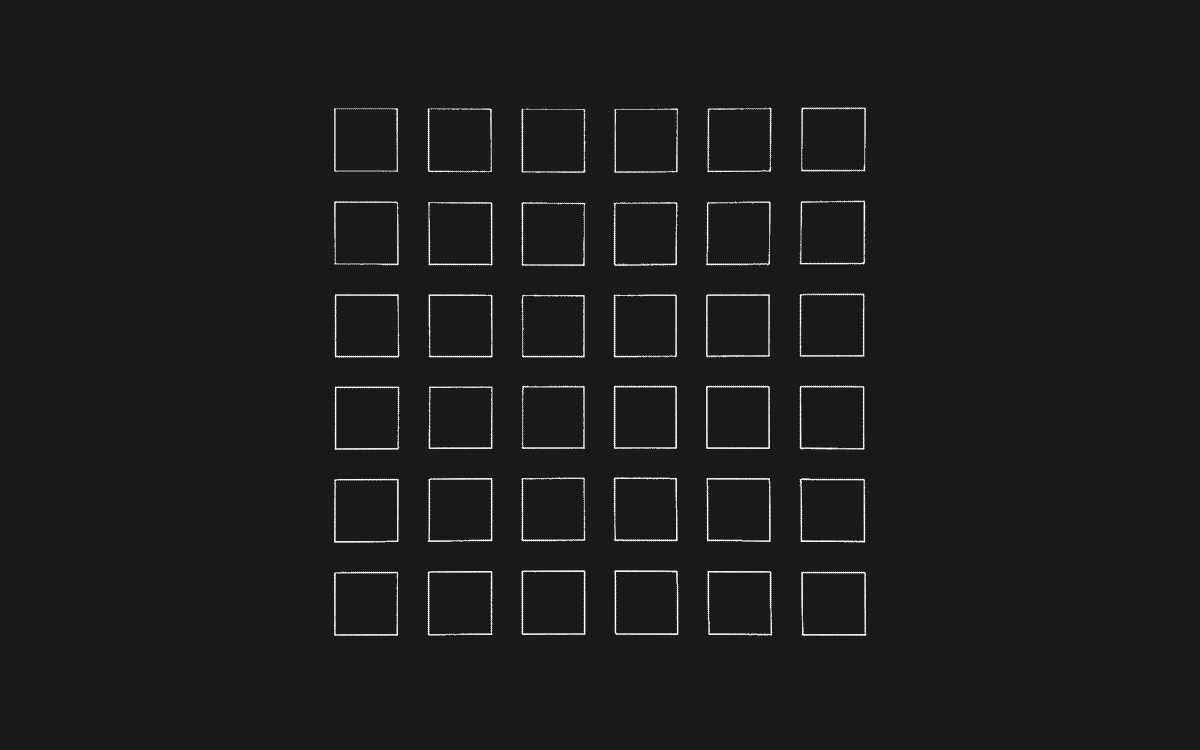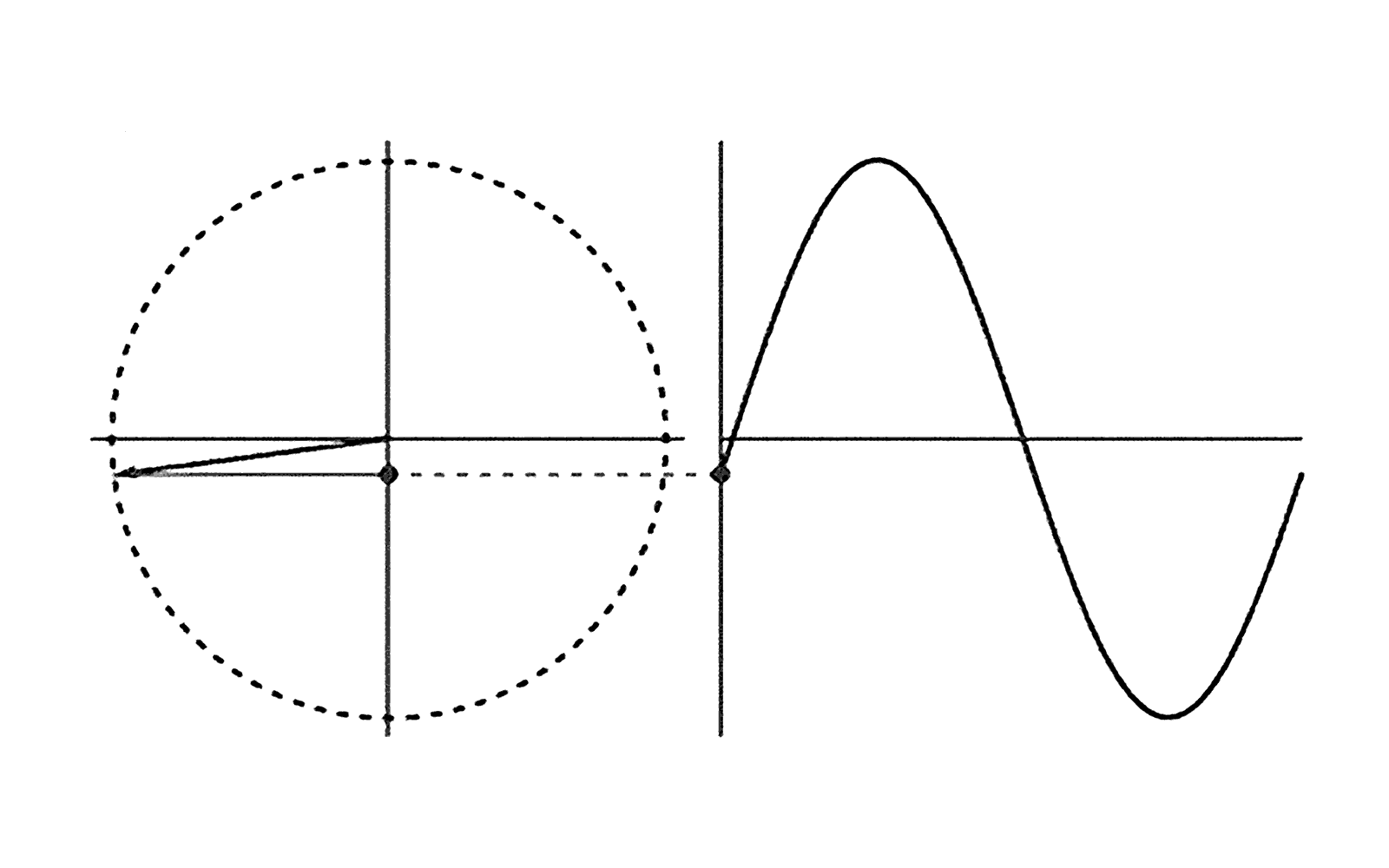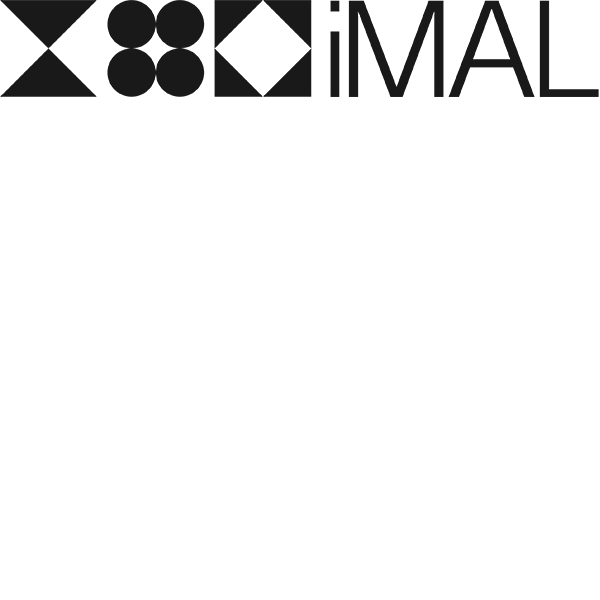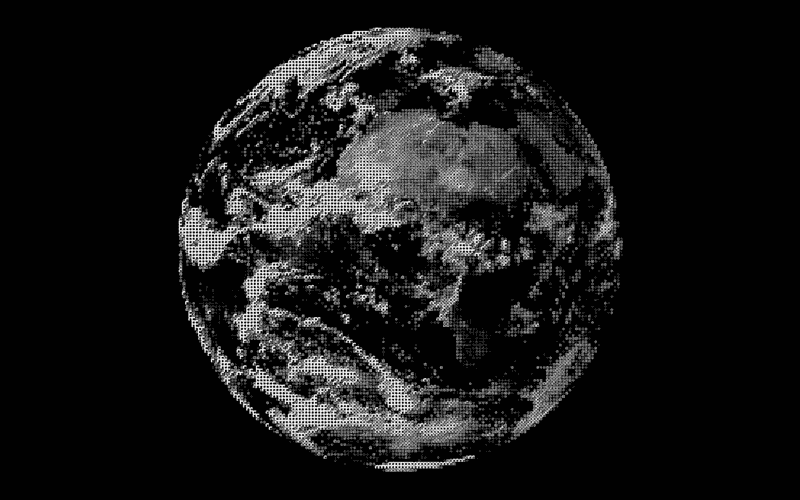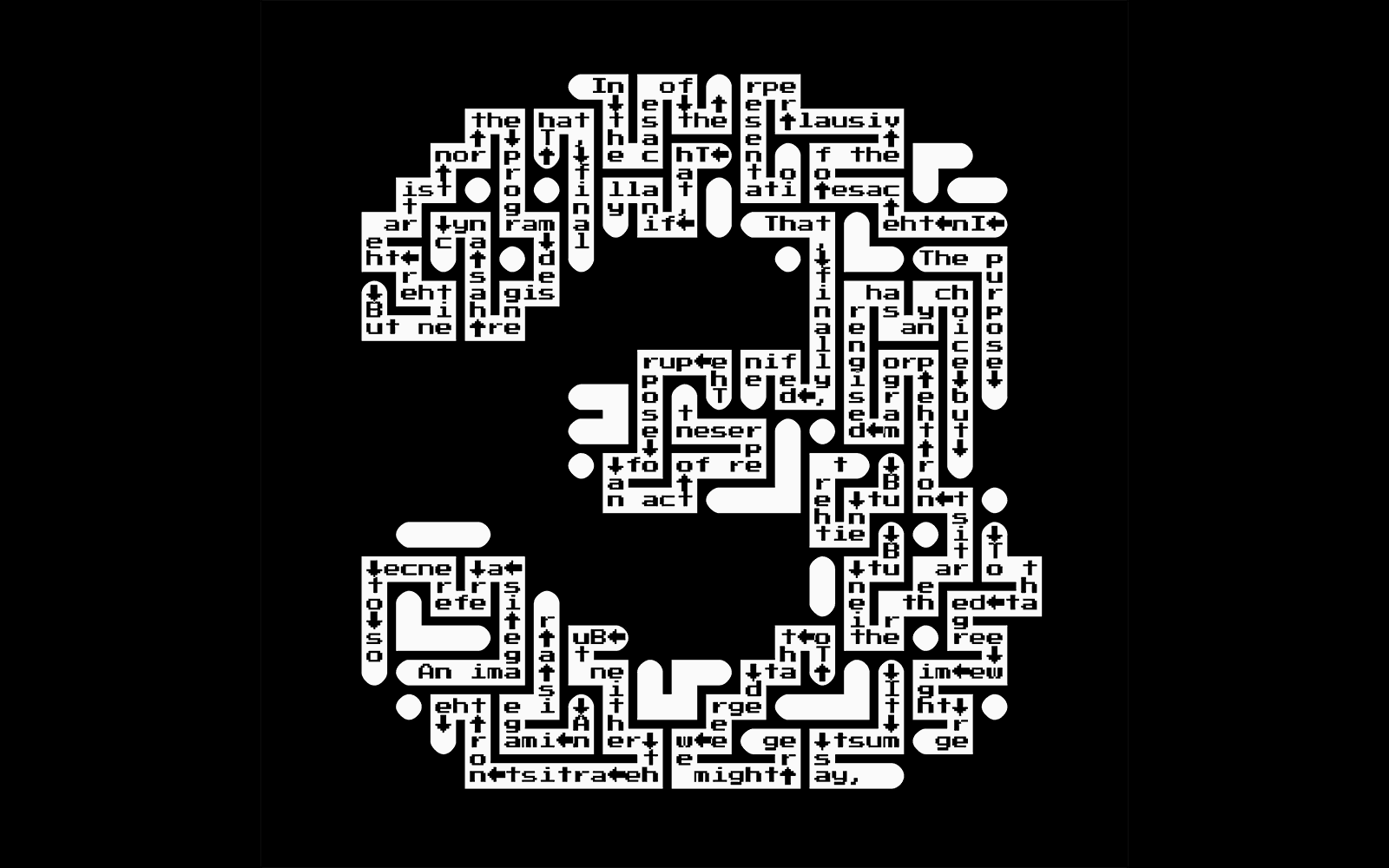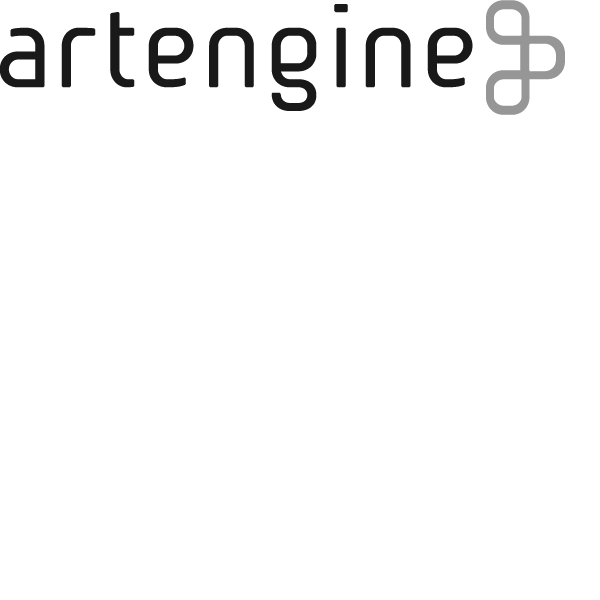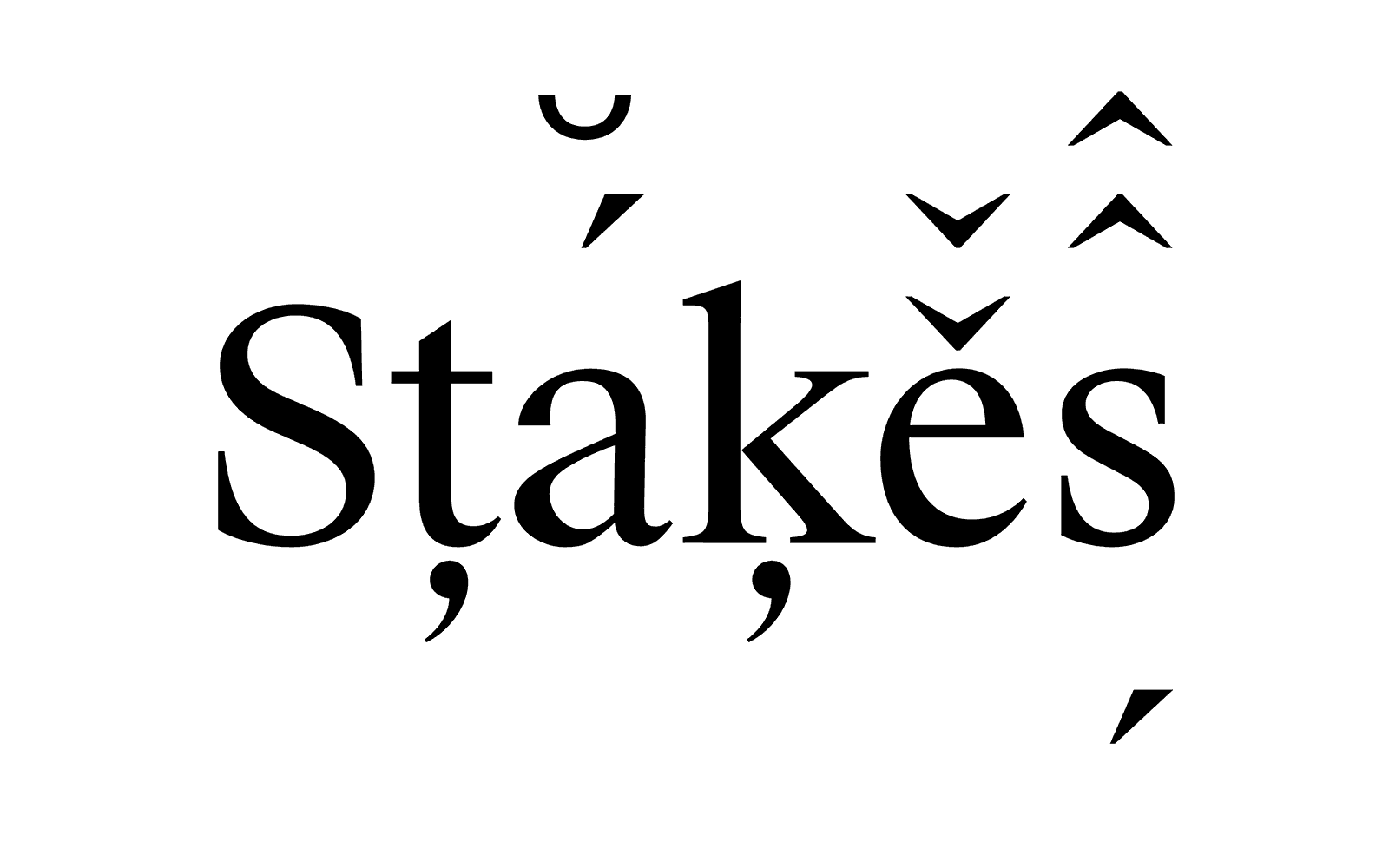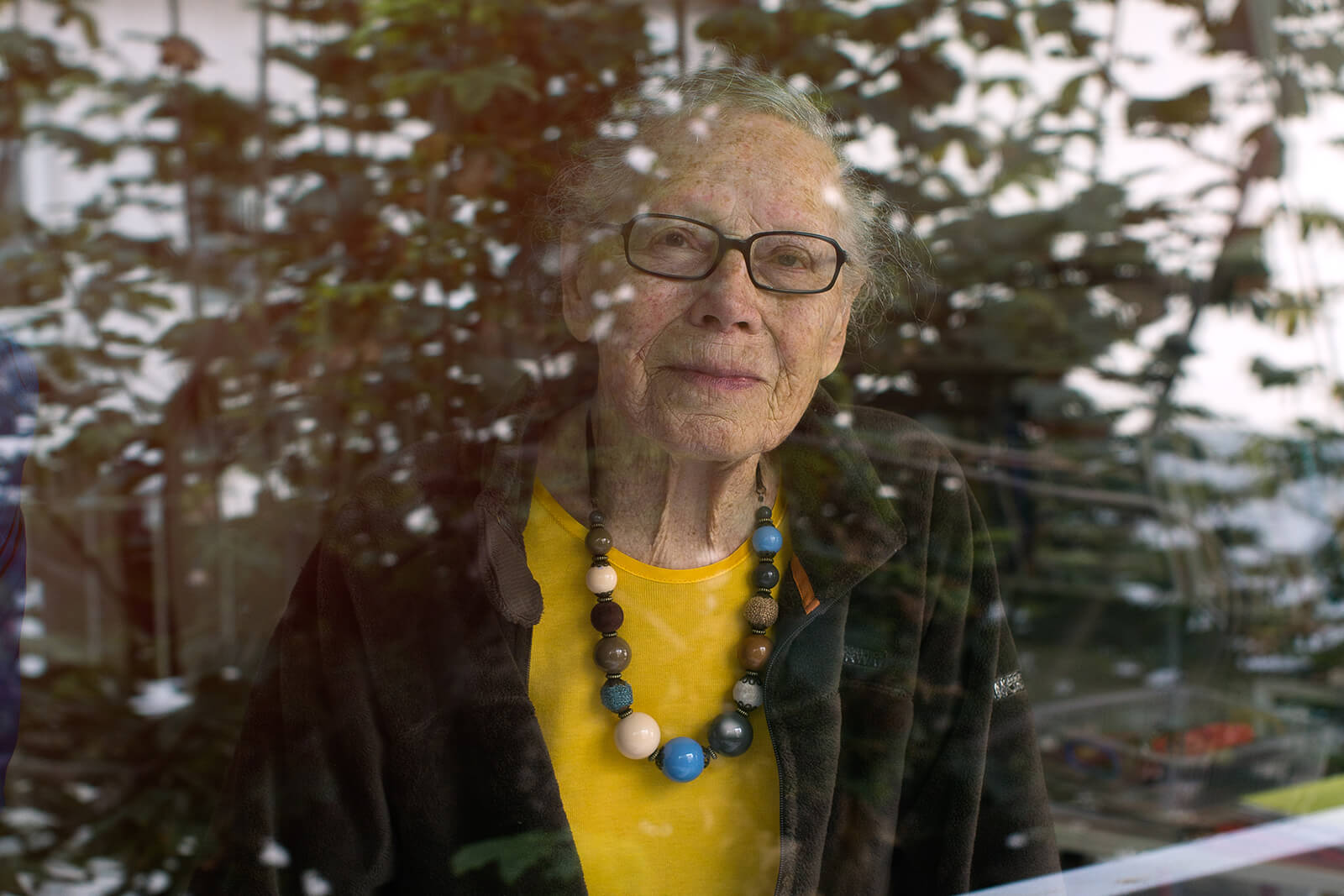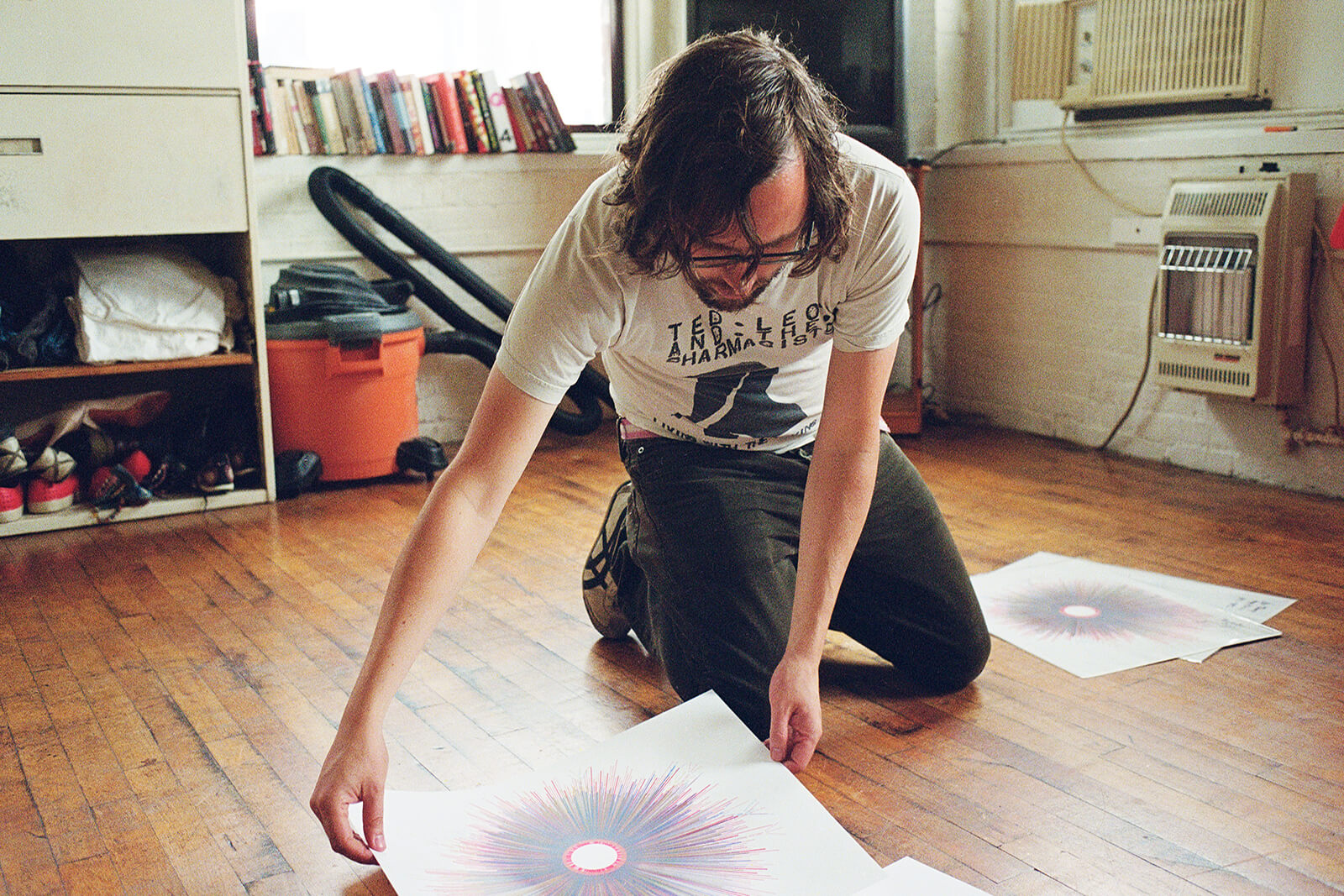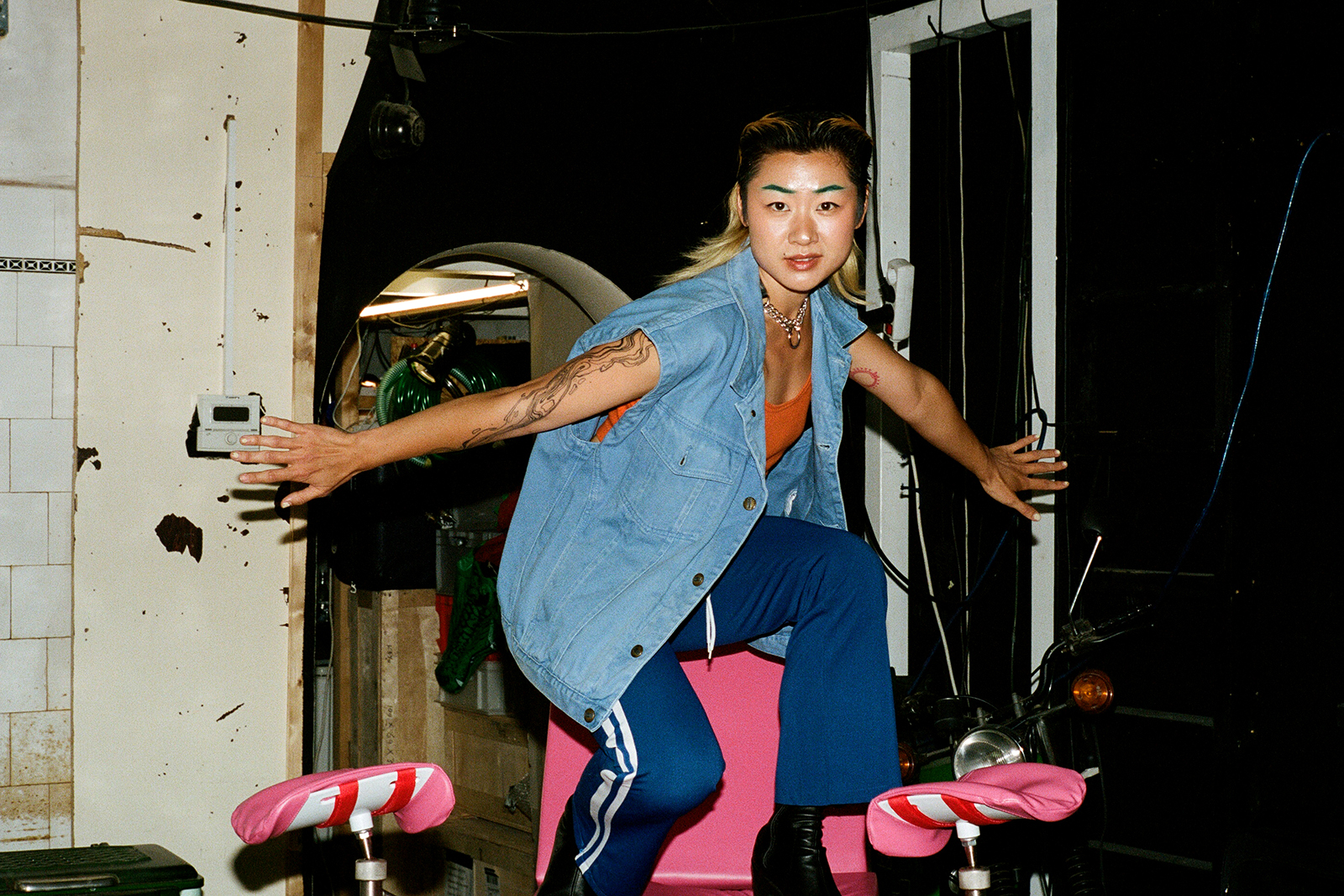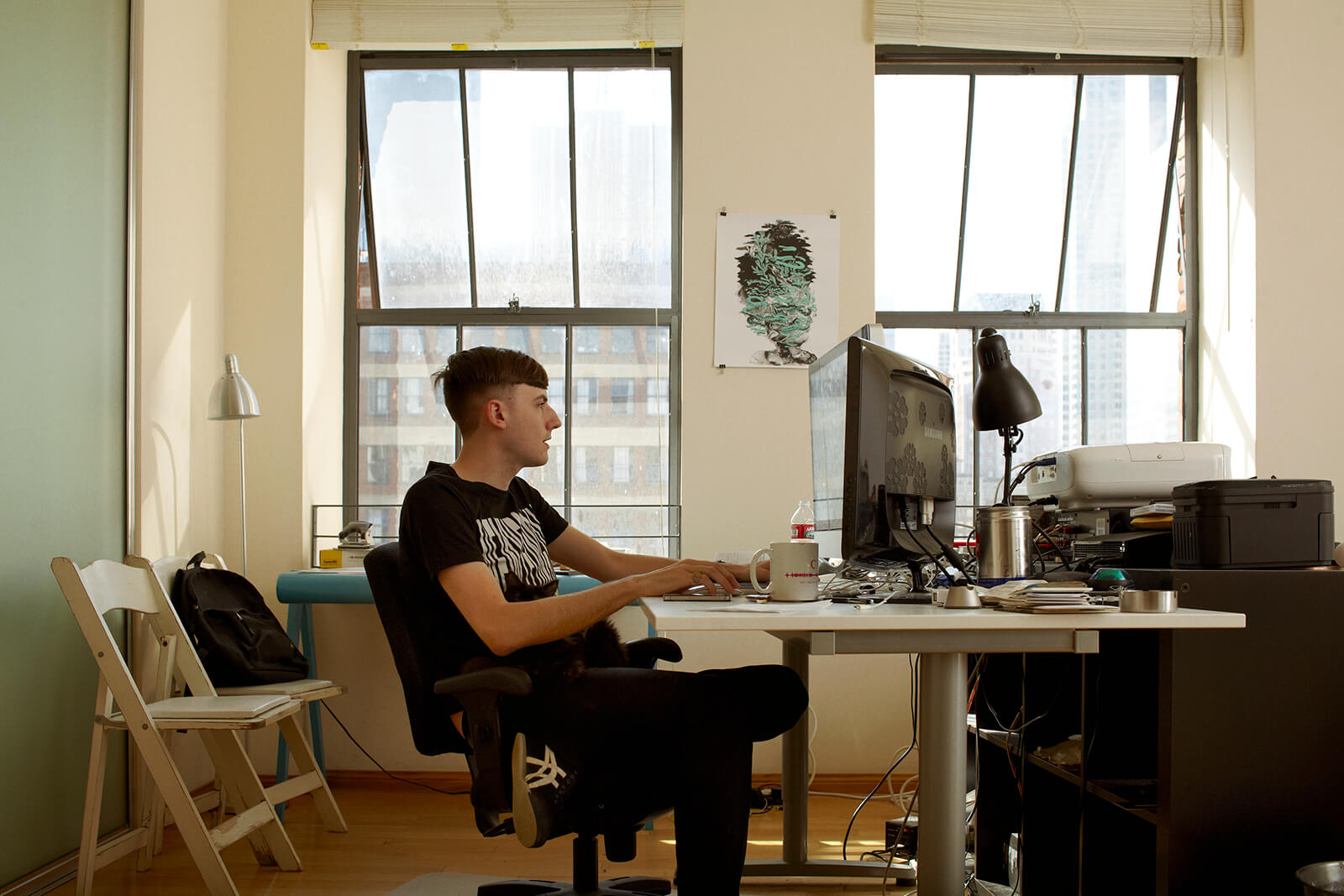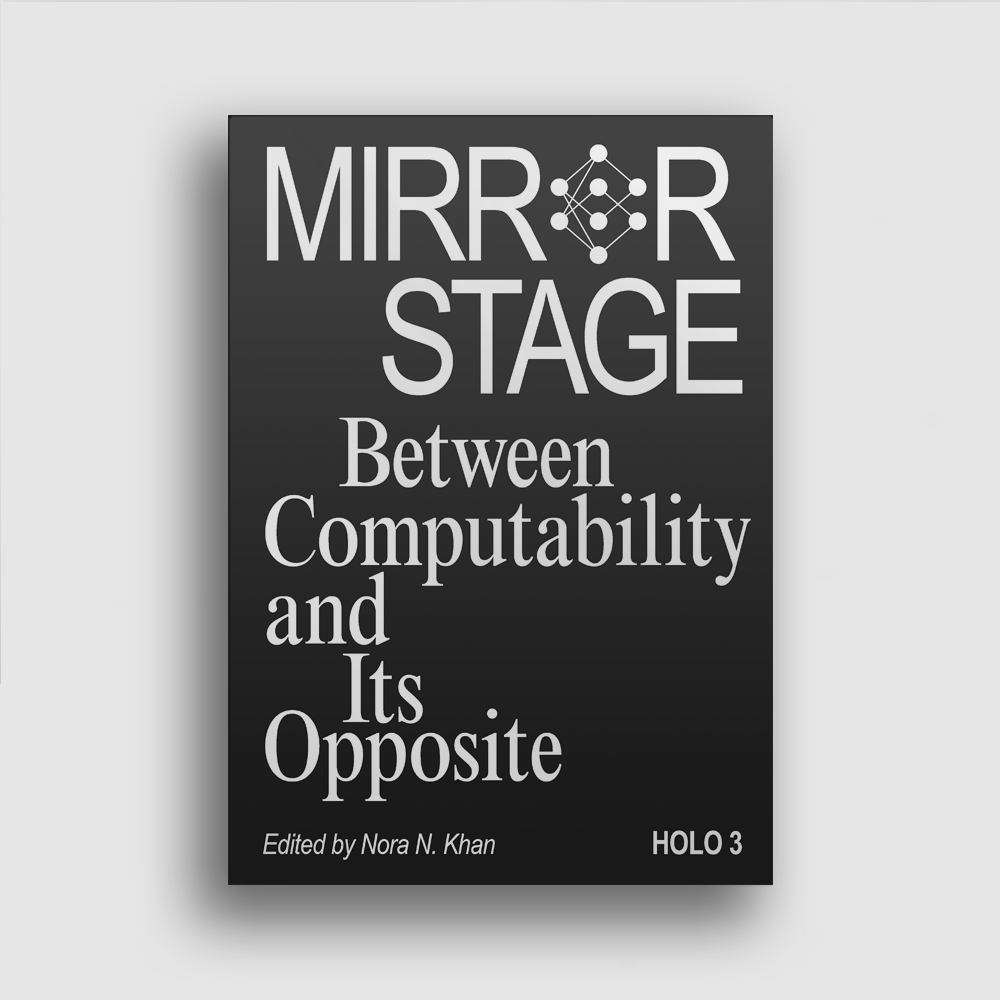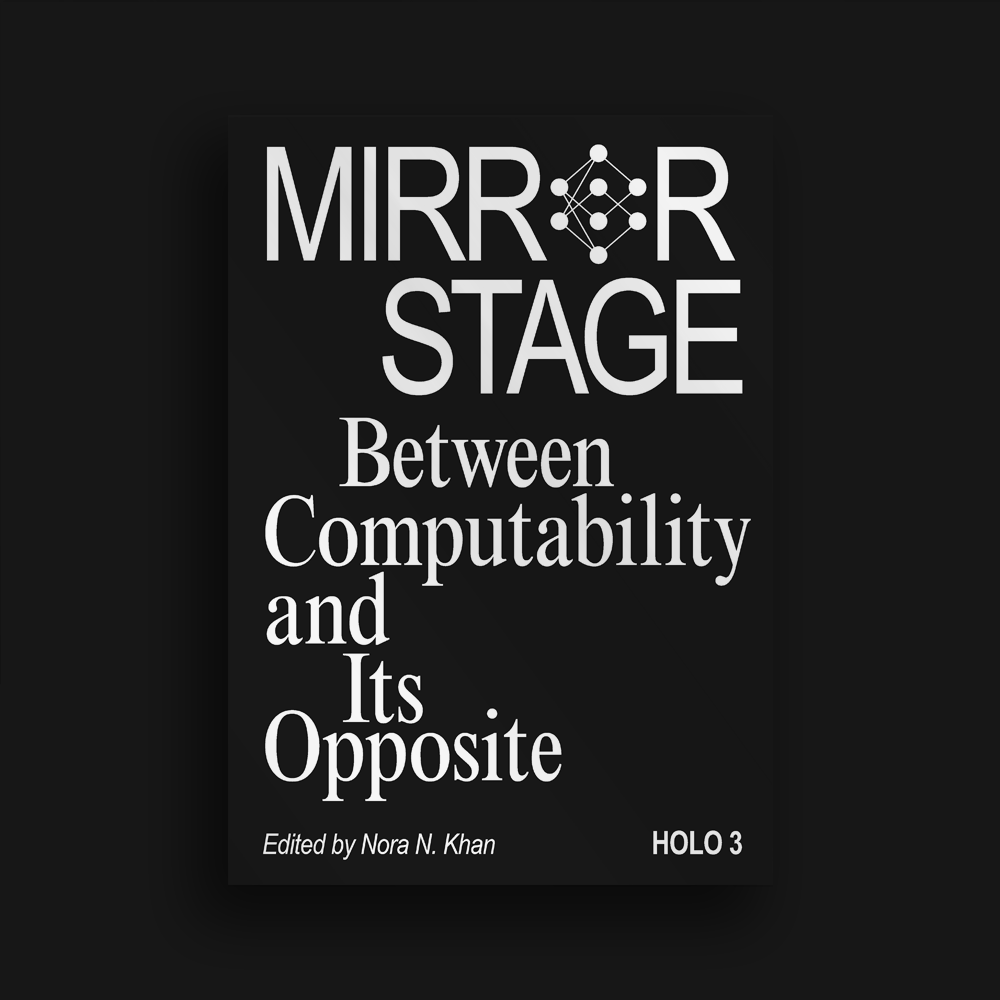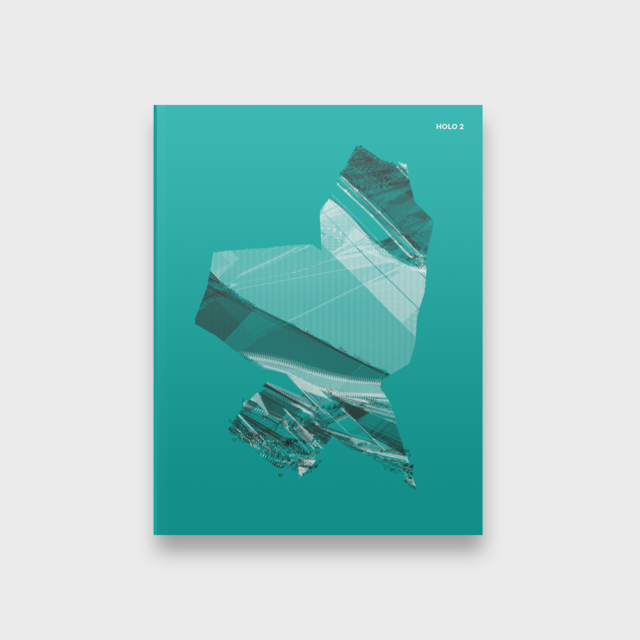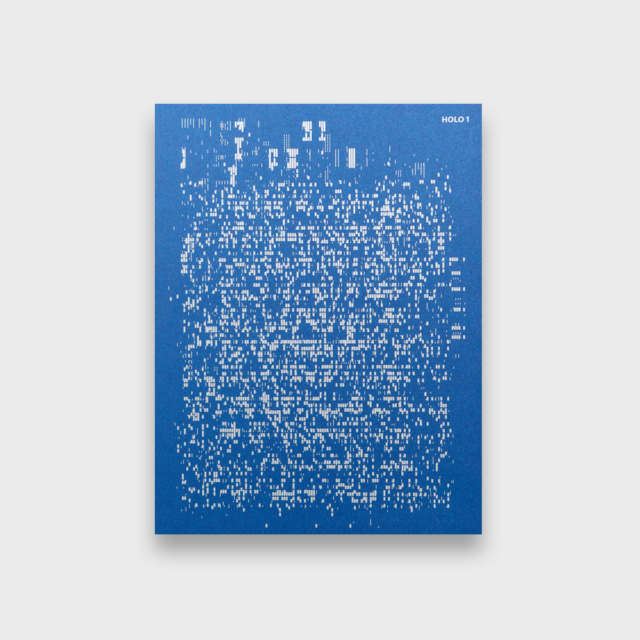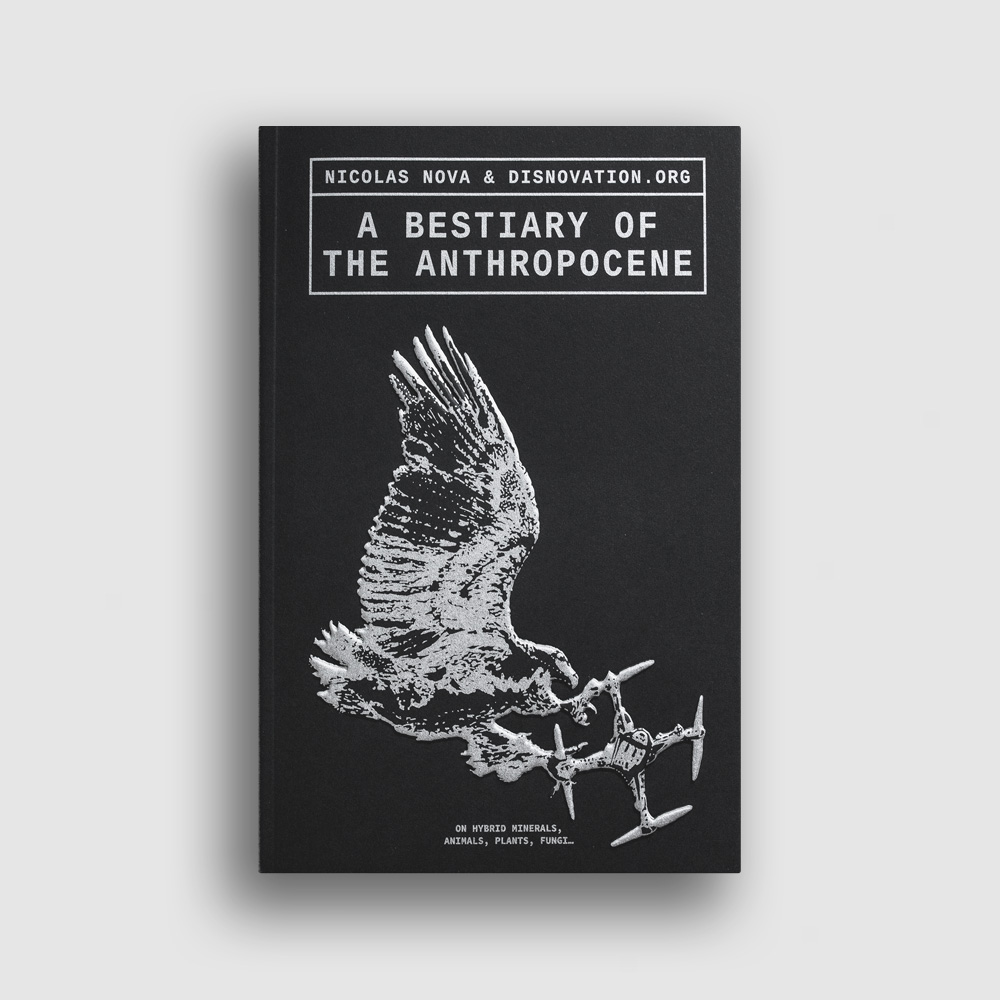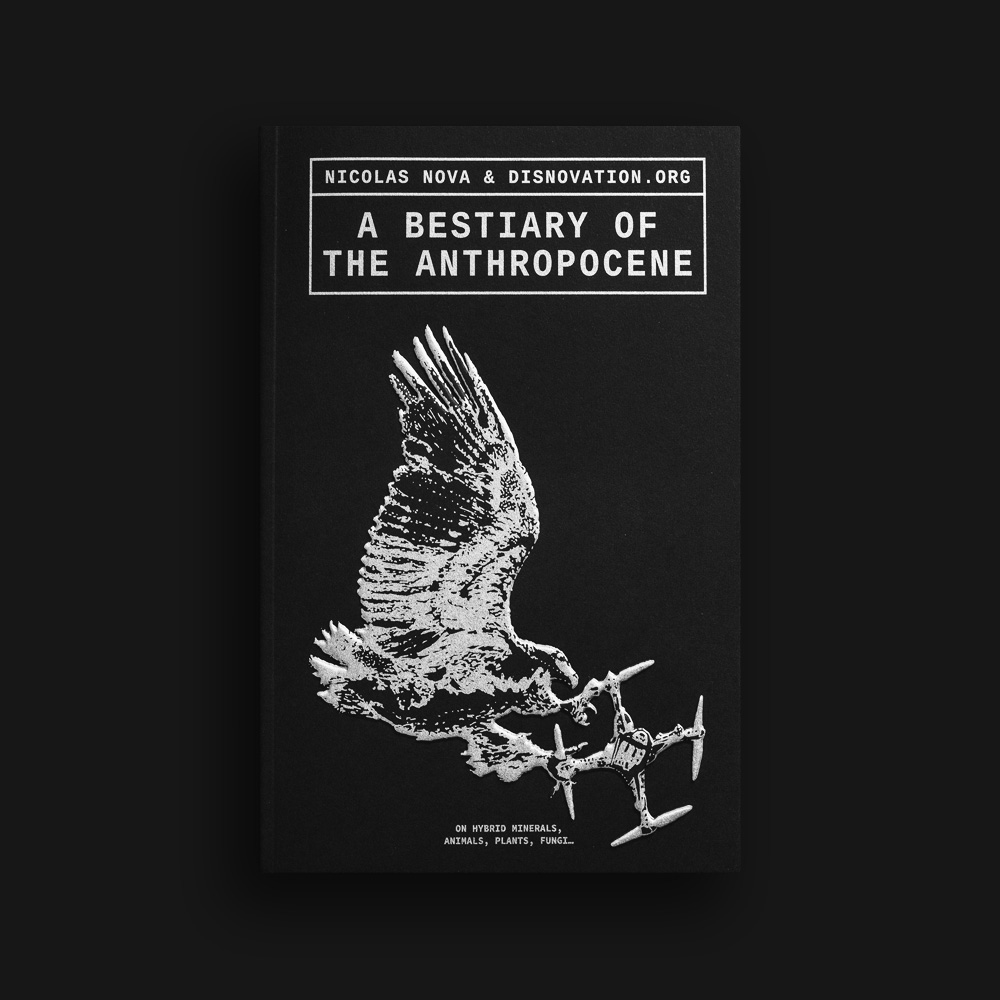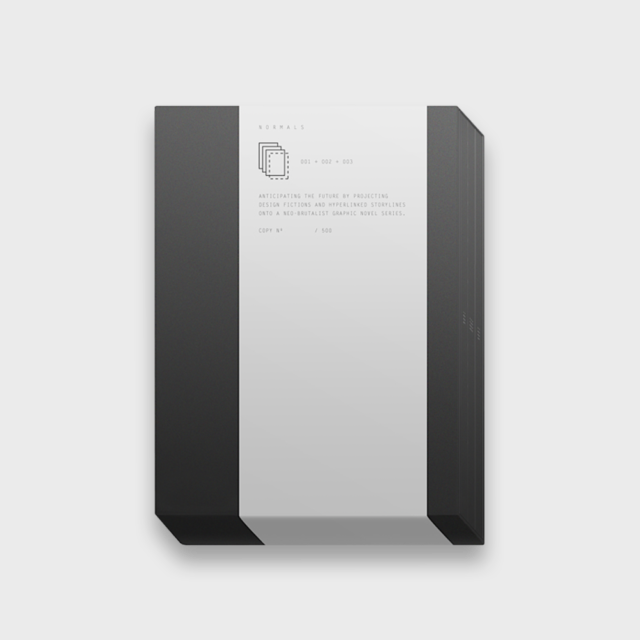“There is a death drive in all of this. It is a drive to lethality. It is a drive towards self-destruction but also the destruction of all others. That is what underlies these systems.”
Jakob Kudsk Steensen’s installation, The Ephemeral Lake (2024), premieres at Hamburger Kunsthalle, reinterpreting the landscapes of 18th century Romantic painter Caspar David Friedrich as immersive, computer-simulated ecologies. The piece explores themes of water, deep time, and crystallization, Steensen says, and “goes beyond contrasting the human figure in the environment.” Instead, it invites a worldview “where our bodies and minds merge with environmental energies and other species.”
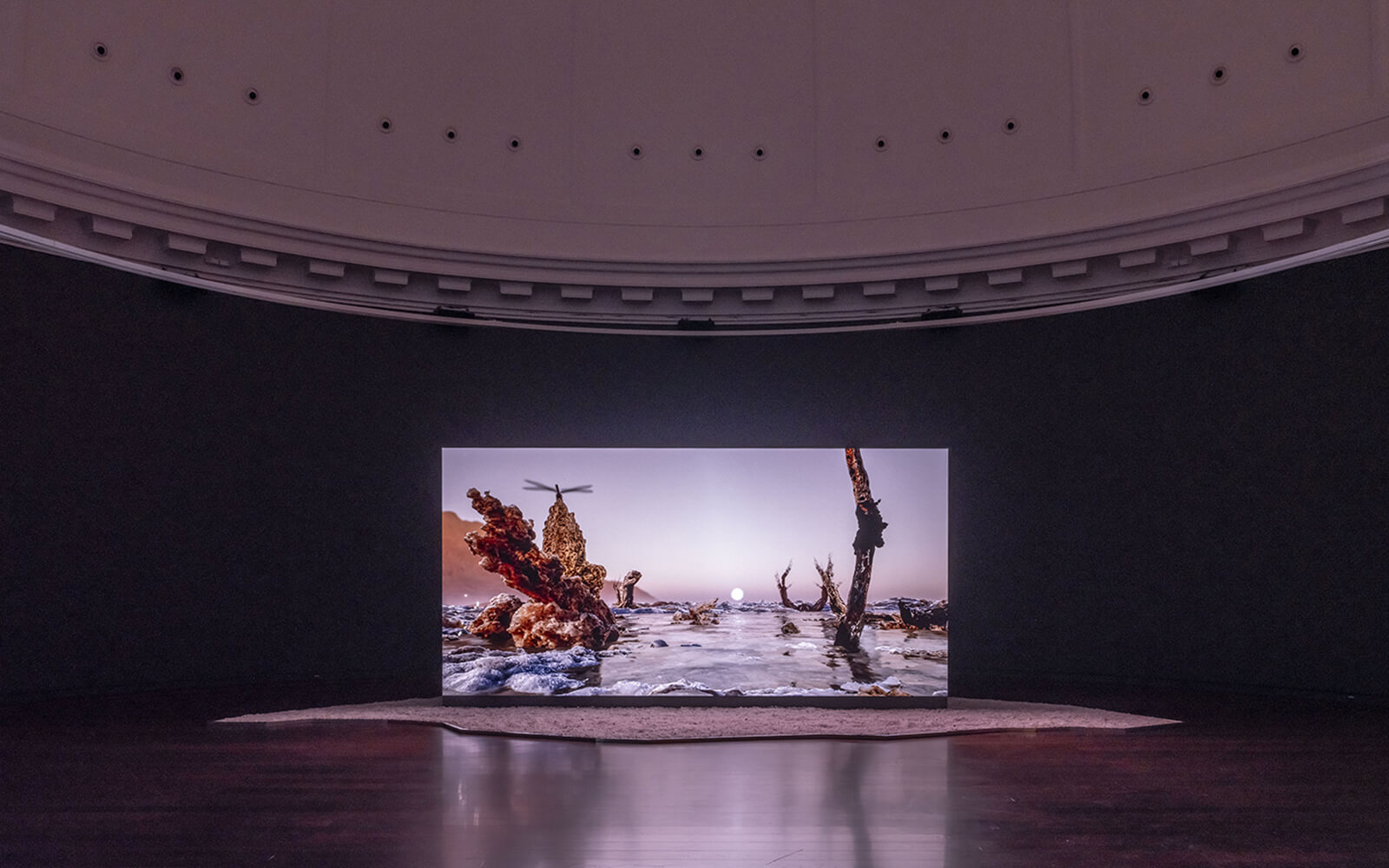
“I can’t help you with your film because people just want a gay film or lesbian film, and this mixture of sexuality in your film is just not going anywhere.”
“How do we move from just prioritizing the material, when there are some things beyond the material that could be preserved better? What are the conservation directions for something that is installed in your head?”
Angela Washko’s solo exhibition “You Are: Mother, Player” opens at Public Works Administration, a digital art gallery on New York’s Time Square. The show centres on Washko’s narrative videogame, Mother, Player (2022), in which the American artist and educator shares her experiences of pregnancy and motherhood during the pandemic. “Players explore the maternal healthcare industry and parenting culture as a burnt out pansexual artist who has decided to have a child despite a geopolitical climate that deprioritizes and devalues care.”
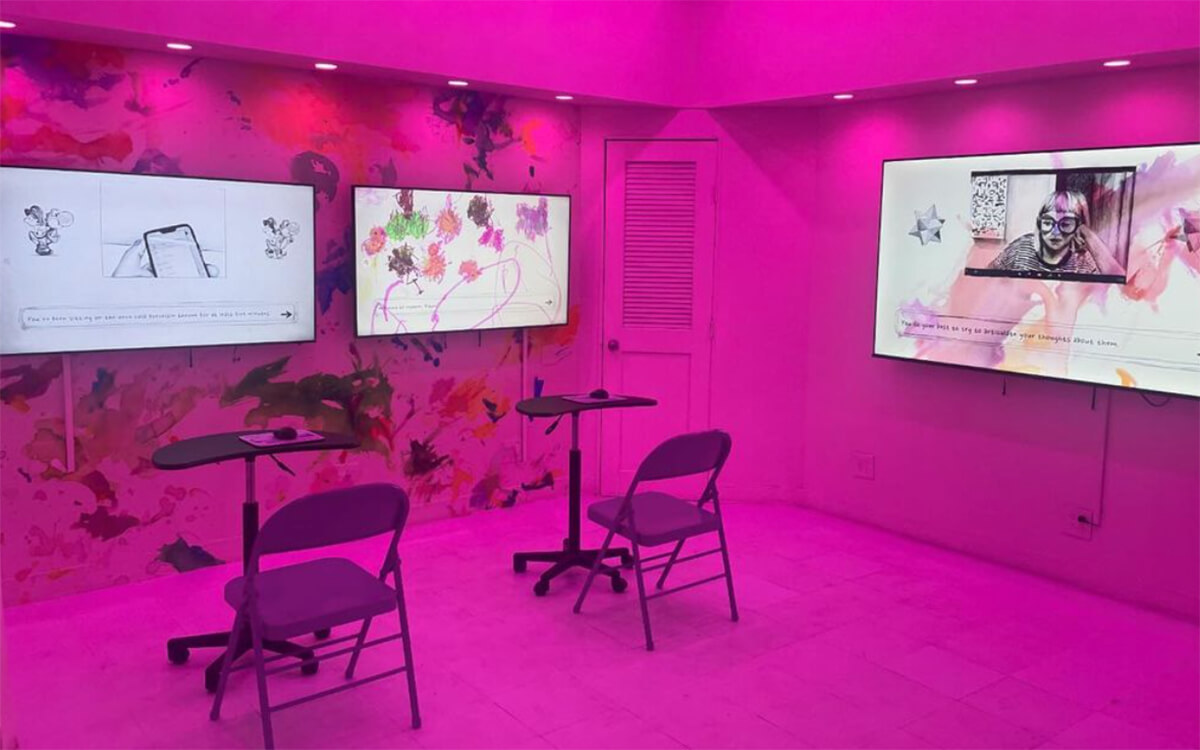
Serials
In Progress
In Progress
In Progress
Complete
Complete
In Progress
Complete
General
A new HOLO format, Dossiers are web-based research publications that contextualize and expand upon cultural initiatives in real-time
Dossiers are dedicated HOLO folios that augment and complement exhibitions, residencies, conferences, and educational initiatives. Realised in collaboration with artists, writers, curators, and cultural partners, they are designed to document process and disseminate knowledge through a variety of engaging formats—essays, interviews, artwork—all within a focused online magazine. If you’re interested in working with us on a Dossier, please get in touch via our Contact page.
Emerging trajectories in art, science, and technology (since 2012)
As an editorial and curatorial platform, HOLO explores disciplinary interstices and entangled knowledge as epicentres of critical creative practice, radical imagination, research, and activism
“I feel the language and concepts I’m working with don’t comfortably fit within the normal discourse about art and aesthetics. CERN’s physicists and engineers understood the tools I was using and I was able to talk about my goals. I just couldn’t have that kind of dialogue in an art context.”—sound artist Bill Fontana on his CERN residency (HOLO 2, p.206)
There is a space between a computer’s command line interface and the contemporary art museum, the legalese of Silicon Valley’s terms and conditions and the social contract, the whoosh of a particle accelerator and the romanticized “a ha” of artistic inspiration. For much of the twentieth century these gaps were chasms, separating science and engineering from the humanities and siloing them off; today, these gaps are narrowing and disciplinary interstices are the spaces to watch. Increasingly aware of how much technology governs not only entrenched fields of study but every aspect of modern life, we’ve come to realise that things are deeply intertwined.
HOLO emerged in 2012 to explore these entanglements—first with a periodical, now across an expanded platform. Set up in the grey zones between art, science, and technology, it frames scientific research and emerging technologies as being more than sites of invention and innovation—as epicentres of critical creative practice, radical imagination, and activism. The artists and designers working with related materials—algorithms and microcontrollers, meteoroids and fungi, data and archives—aren’t just updating notions of craft for the twenty-first century, they are researchers and cultural critics.
As an editorial and curatorial platform, HOLO occupies the same eccentric vantage points as these hybrid creative practices and puts them into perspective. Working across multiple avenues—print and online, events and production—HOLO collaborates with contributors and cultural partners to facilitate fruitful dialogue between domains and bring new voices into the conversation.
Selected collaborators:
We produce:
Artist talks
Panel discussions
Performances
Installations
Workshops
Editorial
Publications
Over the last decade HOLO has curated more than 500 cultural initiatives worldwide
Selected partners:
